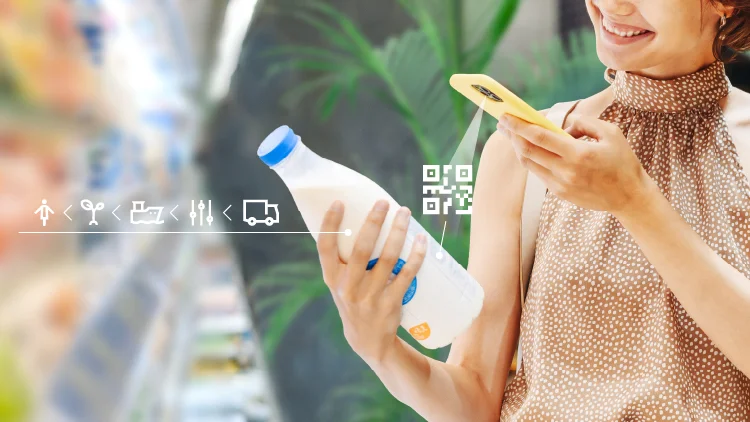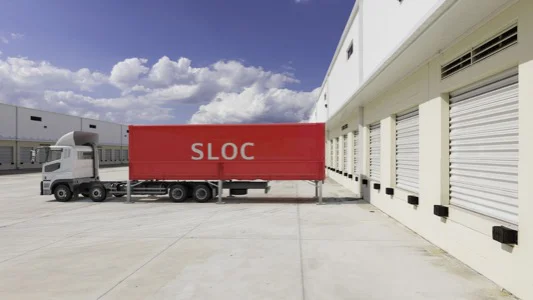Did you find this article helpful for what you want to achieve, learn, or to expand your possibilities? Share your feelings with our editorial team.


Oct 18, 2021
VISION & IDEAChoices that can change society: considering the product history before making a purchase
Revolutionizing traceability with QR Codes and blockchain
In order to trust the foods and products we buy, we need a wide range of information. This may include where the ingredients or parts came from, or how they were transported. Considering the huge volumes of information involved throughout the production process, even producers find it difficult to keep track of and manage it all. That’s why DENSO is developing technologies to solve this issue and ensure greater peace of mind for consumers when making purchases.
Contents of this article
The process of creating and delivering food products to you, the consumer?
How can you find out the name of the producer of the tomato you pick up in a store? In the last few years, people have become increasingly concerned about the safety of the food they buy. In response, producers have been placing point-of-purchase visuals with photos of their faces and information about the production region in supermarkets around the country. But even if customers can see the producer’s face and know where a product was made, they may still doubt its safety.
The supply chain for the entire production process—from production through to consumer purchase—must be made completely transparent in order to ensure confidence in product safety. At present, information on distribution, markets, processing and other factors is usually not available.
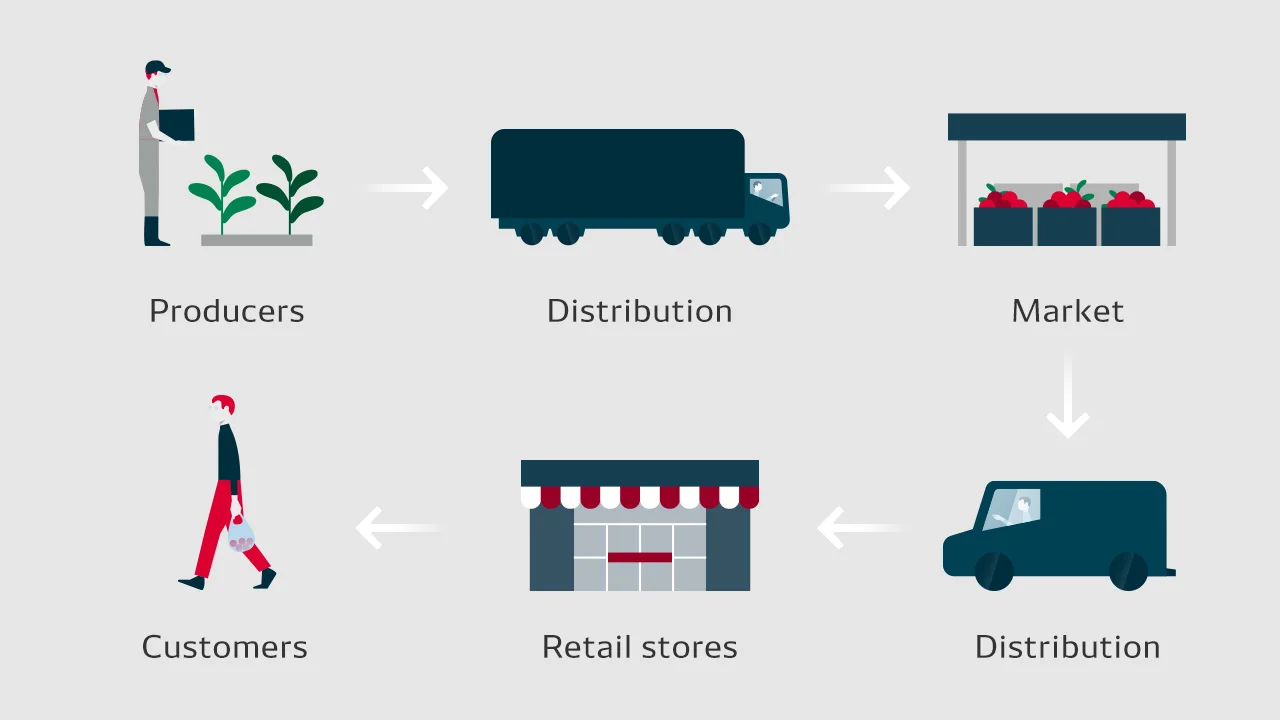
In the food products industry and other industries as well, sufficient information is not made available for customers to ensure full confidence in purchases. In the battery supply chain, for example, the widespread use of forced child labor to mine rare metals for lithium batteries is a well-known problem. The electric vehicles that use these batteries are intended to help protect the environment, but in reality customers may be destroying children’s lives in order to meet that goal. Therefore, increasing numbers of consumers around the world are demanding information enough about how such products are produced to make responsible purchasing choices.
Traceability has become key to make formerly inaccessible information on the distribution process available to ensure supply chain transparency. Ensuring traceability means that product users can track and confirm when, where and by whom a product, component or ingredient was made, and as traceability becomes more widespread consumers will be increasingly aware of information on production processes as well as product backgrounds for foods and goods. As a result, they will be able to confirm whether a producer’s methods are equitable and proper by checking if the producers have used any questionable means, any ingredient or material that is harmful to the environment, and so forth before making a purchase.
In other words, consumers’ shopping choices can help solve problems faced by society as a whole.
Traceability also offers benefits to producers who want to engage in ethical, trustworthy production by advertising their reputable processes and encouraging consumers to choose their products, and it boosts their brand value.
Improved traceability can greatly benefit both consumers and producers. If this type of traceability can be spread widely and become the norm, consumers will feel that products are safer and more trustworthy, and it sets off “good cycles” throughout society that benefit all.
Challenges to widespread traceability
More and more large-scale stores and businesses are experimenting with traceability by introducing dedicated databases. Unfortunately, a database-managed traceability system involves the risk of data falsification, which is why people are turning to blockchain—a technology that makes the degree of trustworthiness visible—to prevent tampering.
The blockchain was a product of the Bitcoin development process, and it makes data falsification and tampering incredibly difficult. In recent years, many have sought to utilize blockchain technology in traceability management systems, but it has not been commonplace yet.
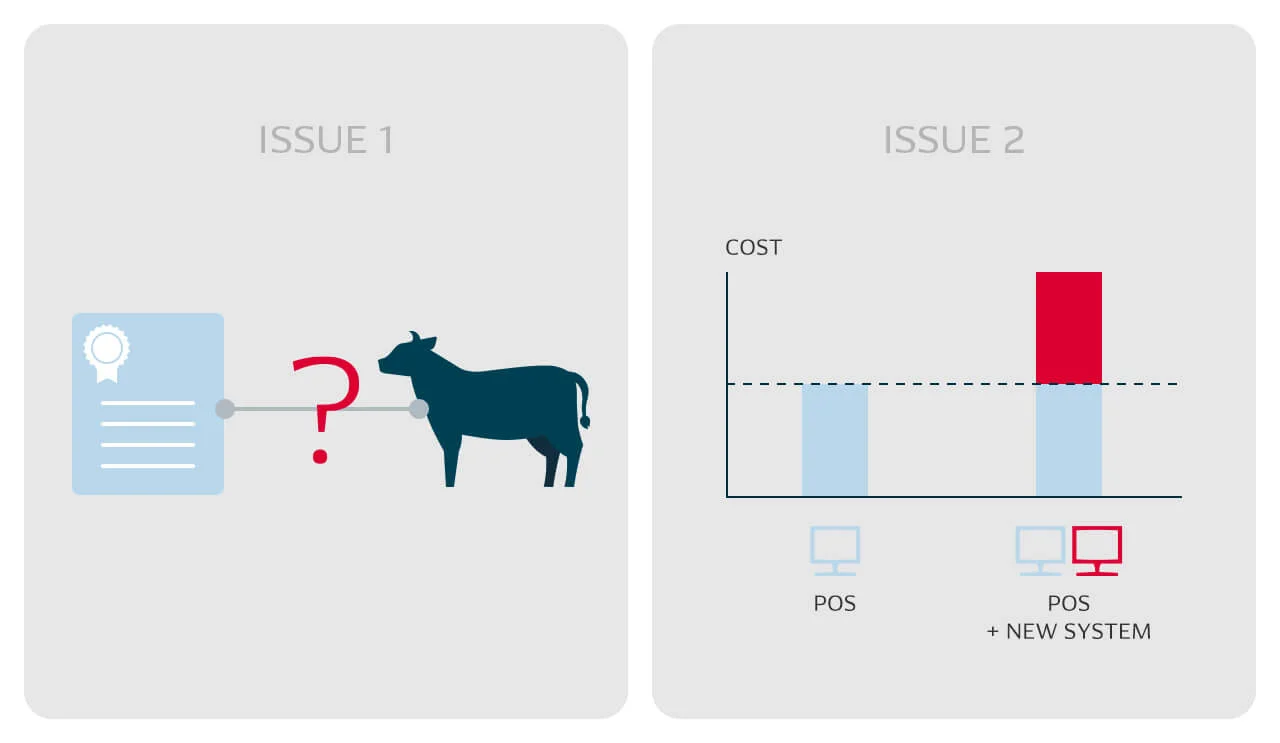
Blockchains have failed to take hold for traceability for two major reasons. The first is the difficulty of ensuring a reliable link between a product and its associated data. Take one real-life example from a butcher shop: in this instance, the shop owner misled customers by inappropriately using animal identification numbers from other cattle to sell crossbred beef under a pure wagyu Japanese beef label. The identification numbers themselves were real, but there was no way to confirm that the meat to which they were attached came from the original cattle identified by the number. If the accuracy of affiliated data cannot be guaranteed, this type of problem is bound to occur.
The second reason why blockchains have not become an established part of traceability systems is the difficulty of actually introducing them. Attempting to integrate a new technological approach into an existing point-of-sale (POS) system or distribution system will make system management far more complex, and it will also result in redundant investment. Moreover, because blockchains have not been around very long, businesses are reluctant to spend the large amounts of capital required, as they do not yet view blockchains as a reliably established technology.
Introducing blockchains into traceability operations can open up a better future for both consumers and businesses, but first, both of the aforementioned problems need to be solved. To this end, a highly reliable and easy-to-use system must be created. That’s why DENSO is pursuing research and development on a new type of traceability system that combines blockchains with QR Code technology.
Ease of use is key, no matter how advanced the technology
DENSO began working with blockchain technology in 2017. Blockchains had already been used in the fintech field, but DENSO launched a research project to evaluate whether the technology could be applied in the mobility field for managing and organizing the vast volumes of vehicle-based data which had conventionally been managed in a disparate and inconsistent fashion.
Following numerous verification tests for this application and society’s high evaluation of R&D results, project team members began to wonder if blockchain applications could be extended beyond mobility and used for traceability applications as well. In 2019, the Company began full-fledged efforts on adapting blockchain technology for use in traceability management systems.
Tatsuya Okabe, a member of DENSO’s Information Traceability Section in the Solution Planning for Smart City Department, has been involved in this project from the start. “No matter how sophisticated we make blockchain technology, on its own it has no meaning. Our research has now progressed to a level where blockchain can be used in actual traceability systems. However, no matter how advanced the technology, it will not be useful to anyone unless it becomes widespread throughout society, which is why we had to design a system that was easy for anyone to use.” says Okabe.
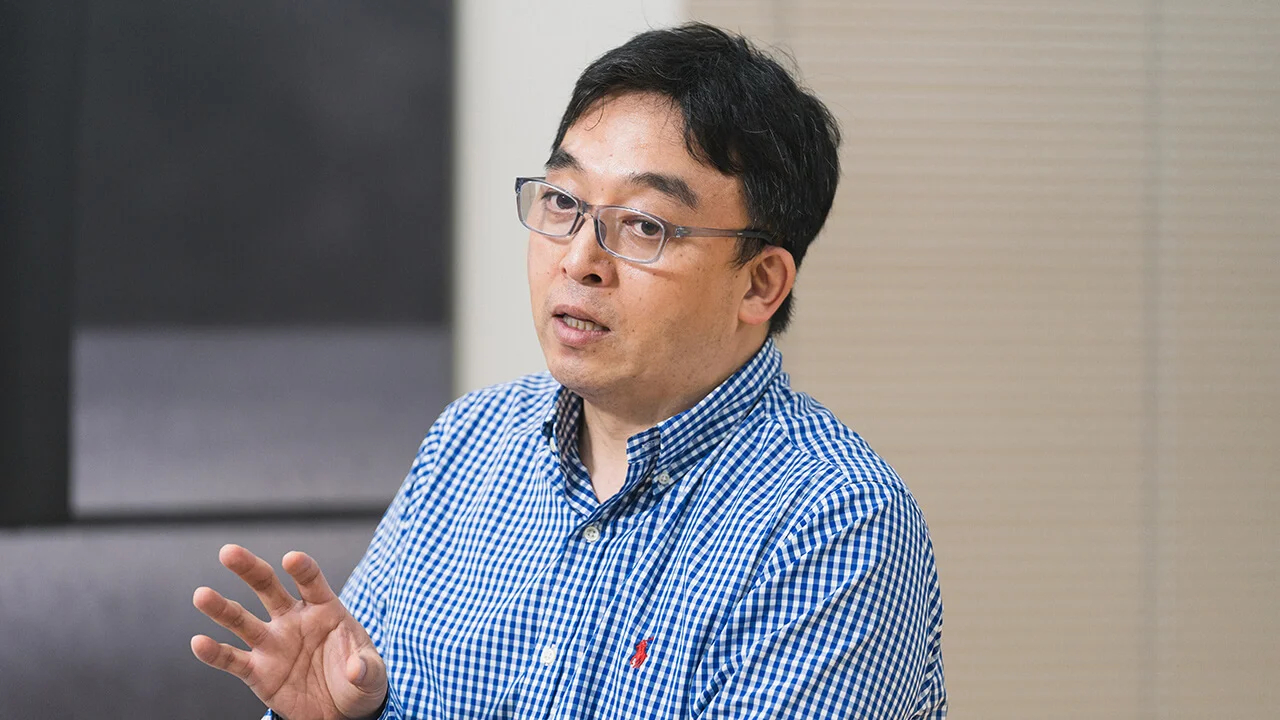
The challenge was to design a system that is intuitively easy for any user. The solution the team came up with was to combine blockchain with the QR Code, a technology originally created by DENSO.
Okabe continues, “Consumers may want to know, for example, detailed information on the vegetables they are buying at the supermarket to determine if they’re safe, but it is not realistic to expect them to buy a specific device and carry it around for this purpose. To make traceability information more accessible to a wide range of consumers, an inexpensive device with a simple information-reading system was required. QR Code technology fit the bill perfectly.”
“It could be used on smartphones which consumers usually carry with them, and the operation involved nothing more complex than pointing the phone’s camera and scanning. Moreover, QR Code technology was originally developed by DENSO, so adapting it to the purpose would be simple. This technology was the perfect fit!”
Currently, DENSO is developing a traceability-management smartphone app to be used in proof-of-concept testing for this approach combining blockchain and QR Code technologies. Okabe describes possible usages of the app by producers and consumers through the example of a hamburger’s supply chain process: “Let’s say I am in charge of preparing pickles for hamburgers. First, I use the app to scan the printed QR Code on the box of cucumbers from the supplier company, enter the required information in a form, and then simply output a new QR Code that adds information about the pickle processing company—my company’s information—to the existing cucumber supplier’s information of the original QR Code.”
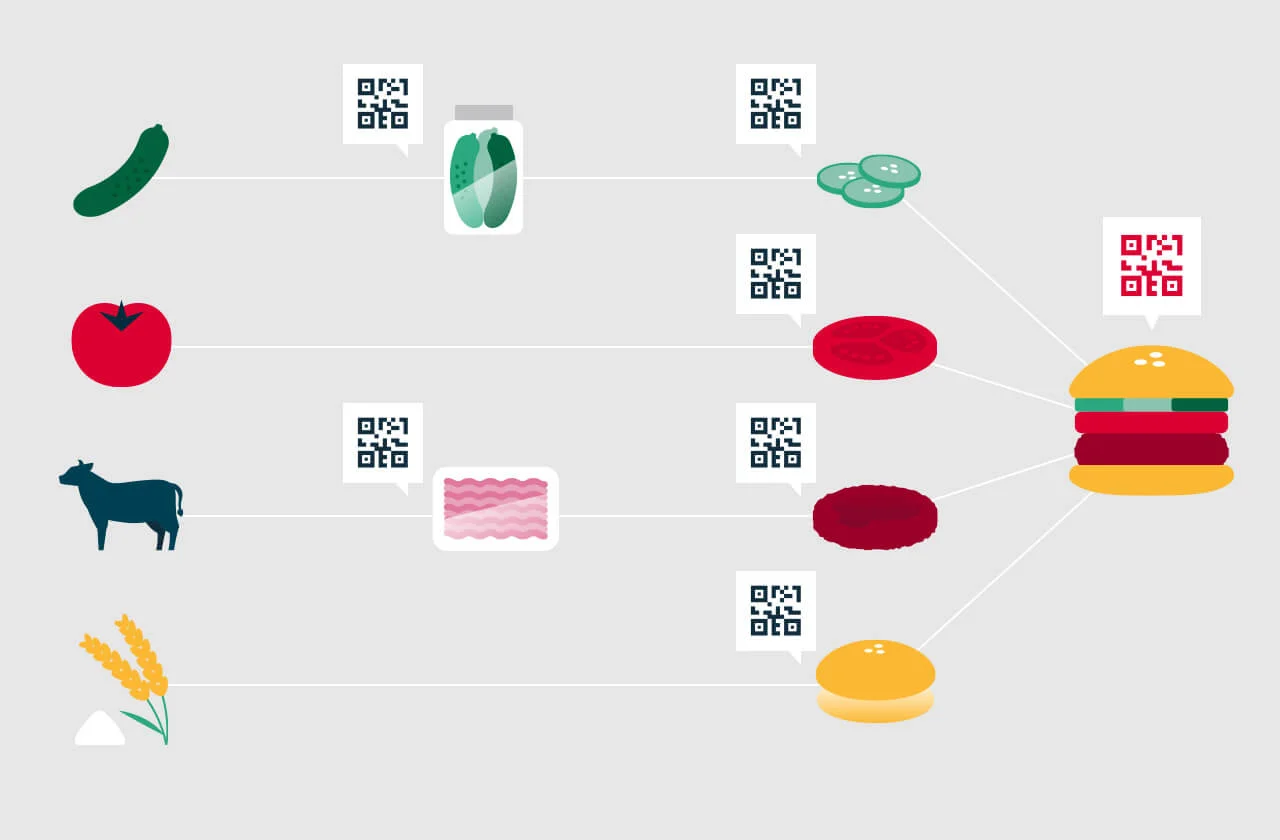
“Then, when the hamburger shop receives the pickles I send them, they use the app to scan the QR Code for all ingredients they use, and add their own shop’s information to create a new QR Code combining information of all previous production steps. They then attach this final QR Code to the hamburger. When a customer purchases a hamburger, they can scan the QR Code and check the information on all ingredients at once.”
This is a promising solution to the two aforementioned problems—the difficulty of ensuring a reliable link between a product and its associated data, and the difficulty of actually introducing blockchain technology into traceability operations.
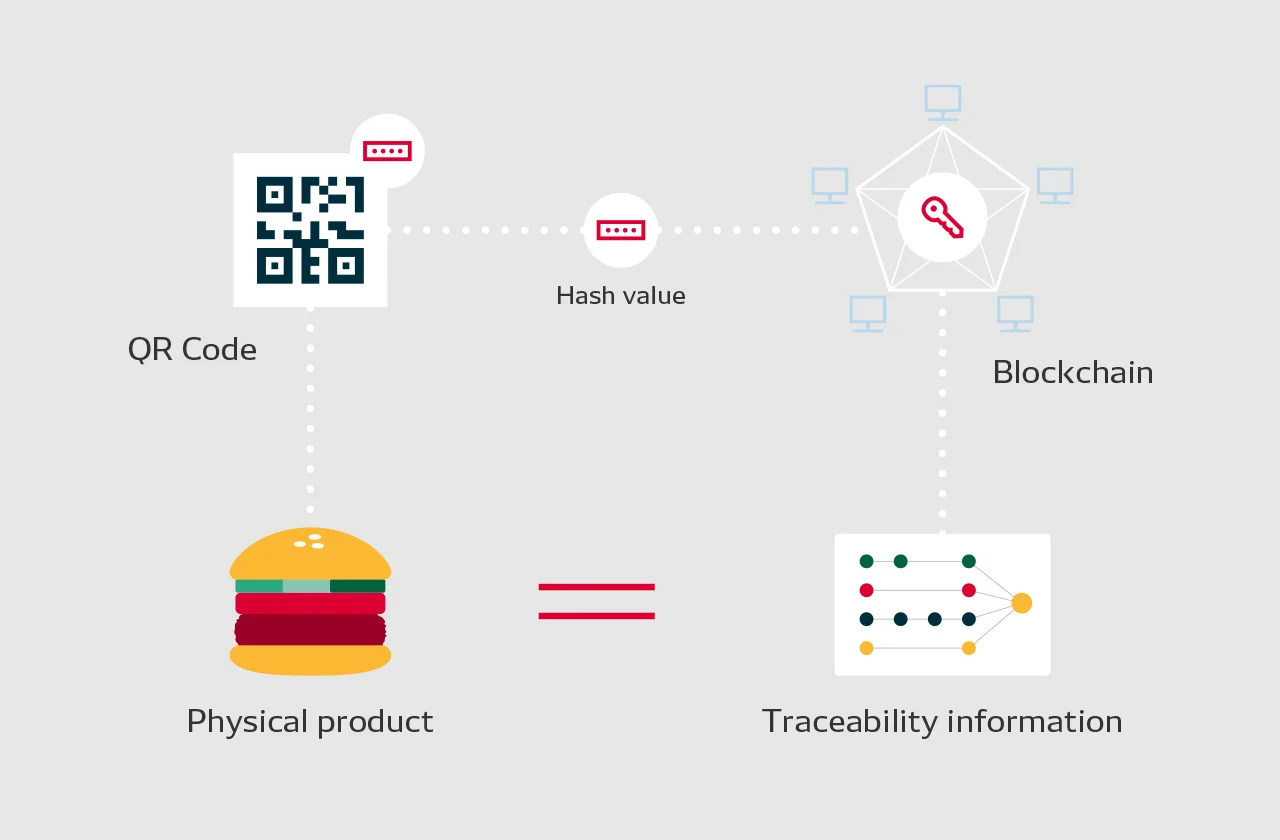
“Regarding the difficulty of ensuring the reliable link between the product and its associated data, this can be solved by affixing a QR Code to the actual product,” explains Okabe. “Think of it as a vault with a double-lock mechanism: In the system we developed, information stored in the blockchain serves as the vault’s key, and the QR Code as the secret access code. When scanning the QR Code, traceability information is made available to the user only when both the access code and the key match.”
Additionally, in order to solve the difficulty of actually introducing blockchain technology into the traceability operations, DENSO is able to harness its own, unique QR Code technologies to provide solutions that other companies cannot imitate.
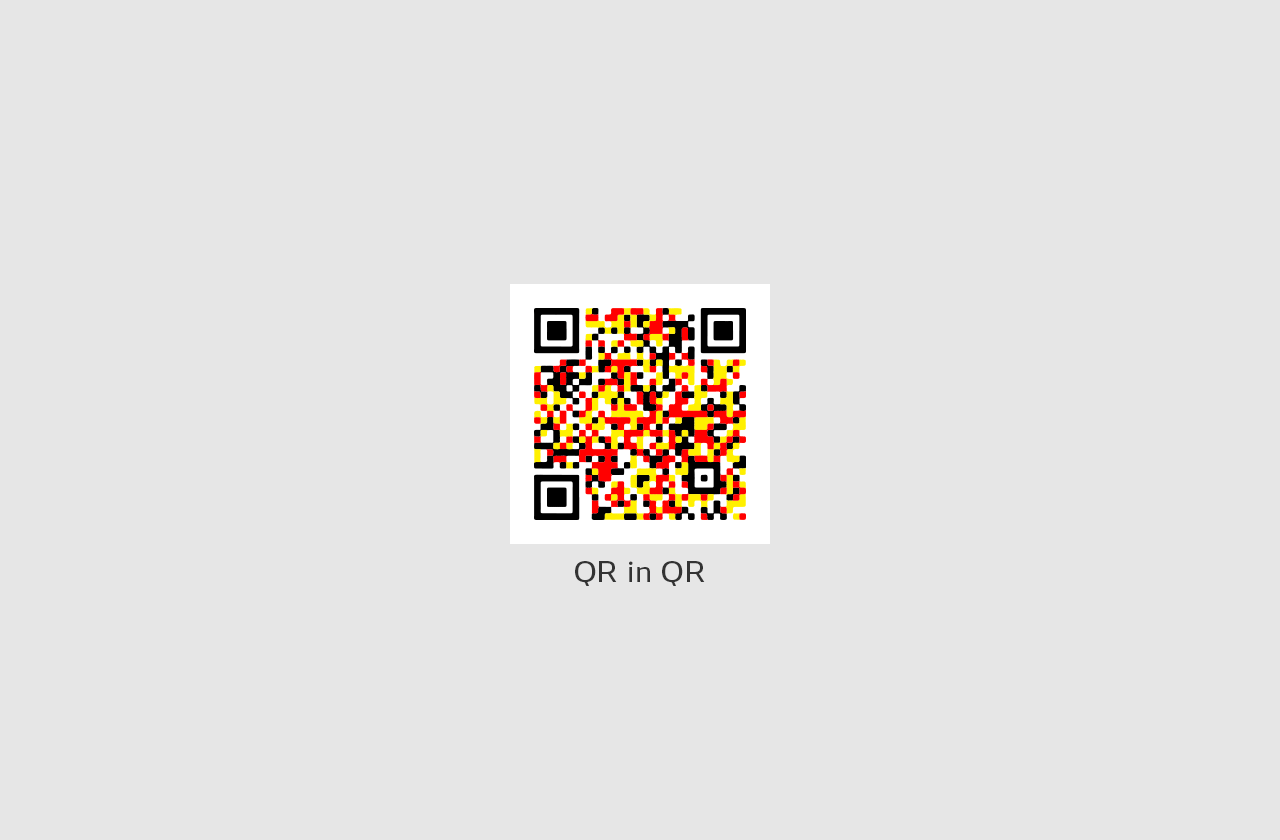
Explains Okabe, “To make it easier to use blockchain in traceability systems, we developed a new technology called ‘QR-in-QR Code’ which makes it possible to store two types of data in a single QR Code. This enables traceability information to be added to existing system infrastructures without having to alter them, which also eliminates companies’ worries about redundant investments.”
“In addition to QR-in-QR Code, we are conducting in-system verification tests for semi-transparent QR Code that more seamlessly blend into existing product or packaging designs when displayed, as well as other special types of QR Code unique to DENSO. Because DENSO originally came up with the QR Code concept, I believe we can create systems that meet the needs of a wide range of business operators by using custom-tailored QR Code.”
Tricking our own system to discover and eliminate all possible weaknesses
Blockchain is still a relatively new technology, and so must be presented as fully trustworthy. Otherwise, people will be reluctant to trust it, and blockchain can be trustworthy only by eliminating people’s concerns to it.
Yawen Huang and Xin Xu, who worked as project members alongside Okabe, conducted R&D on business-use applications for blockchain. They used their development experience and know-how in the field of mobility-related data management to predict three types of user concerns, and worked on solving all of them.
The first concern is whether or not it would really be possible to prevent information falsification and tampering. Within a blockchain, stored information is nearly impossible to falsify. However, there are concerns that a business operator could simply register false information from the start, or someone might make a copy of one product’s QR Code and use it on another product type.
“In order to prevent registration of false information by business operators, we have been developing a data-reliability verification system,” says Huang. “We have approached the way to authenticate the information in blockchain by registering various type of information such as photo data and location data of the products, and associating them to the products. Regarding improper use of QR Codes from one product type on another product type, we can solve it by a proprietary copy-protected QR Code developed by DENSO.”
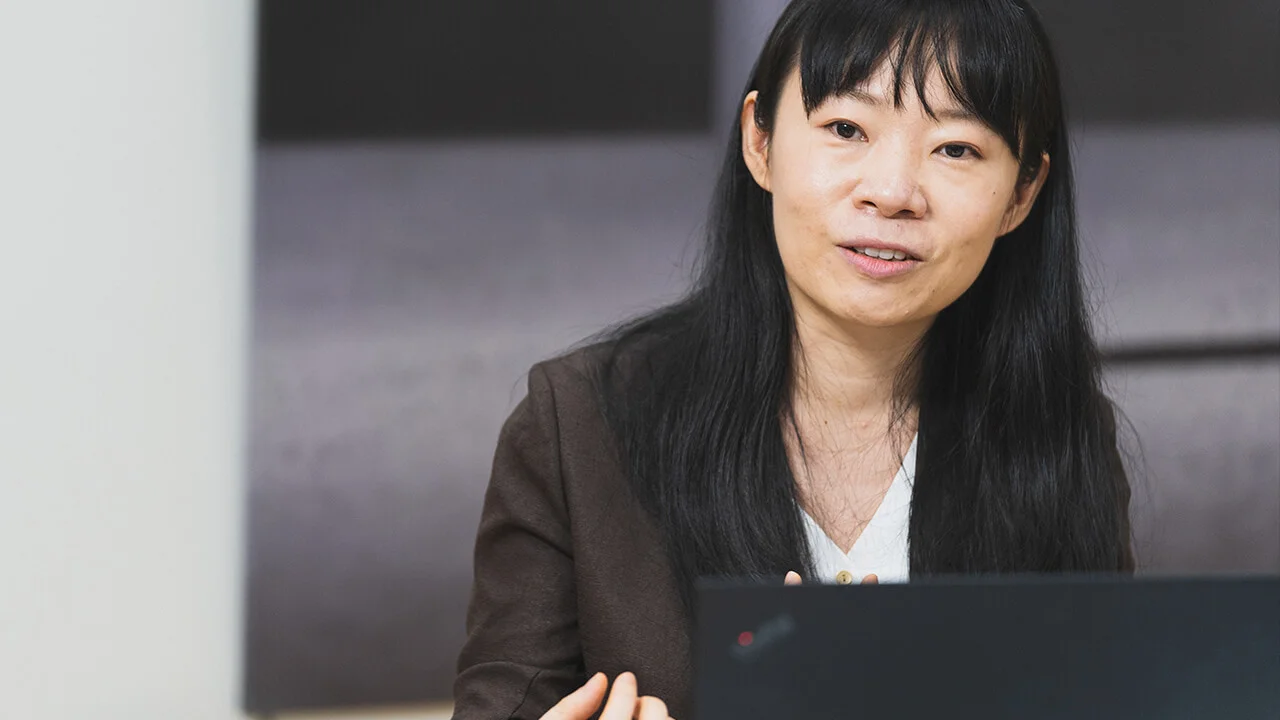
The second one is business operators’ concern whether they should register all of the product data in blockchain or not. Many companies possess confidential information they do not want made available to others, and worry that adopting blockchain will make that type of information publicly viewable.
As Xu explains, “DENSO is currently developing a multi-layer chain technology to dispel such fears. Confirmation that data has not been tampered with, data copyright information, data usage history, and other such information will be stored in the blockchain, while confidential data will be stored in the closed section of each business operator. We are designing a system that easily enables information layer settings.”
The third one among users is the system durability. Massive amounts of important data will be stored in the system, and thus some business operators are concerned about the reliability of the system. In short, they are concerned that they may suffer from the system outages or frequent problems during actual usage.
Huang says, “When we release the new traceability management system, a lot of people will write large quantities of data to it all at once, which will inevitably place sustained and heavy loads on the system. In order to guarantee that the system never goes down regardless of activity levels, we have spent a year on testing, applying loads 3,000 times larger than the system’s expected regular capacity to ensure durability. Furthermore, we have made great efforts to test and verify blockchain system reliability. I am confident that we have built a system which users can rely on to stay operational under any circumstances.”
On top of these efforts, Huang and Xu have constantly searched for ways to trick their own system. They see this as the responsibility of a developer who wants consumers, companies and other users to use their system with confidence. The team tries every hack and system-breaking approach they can think of as well as every potential problem they can identify, testing each one by one.
In order to realize a safe and trustworthy traceability management system, DENSO has considered every possibility from the user’s perspective and is taking meticulous precautions while working toward the system’s final version.
Enriching lives and delivering peace of mind through utilization of trusted data
DENSO’s traceability management system has been designed to pursue the one that provides excellent ease of use for consumers and trustworthiness for business operators. Currently, the team is advancing R&D to discover new ways to use the system in fields other than those initially envisioned. According to Okabe, they have already hit on two ideas with big potential.
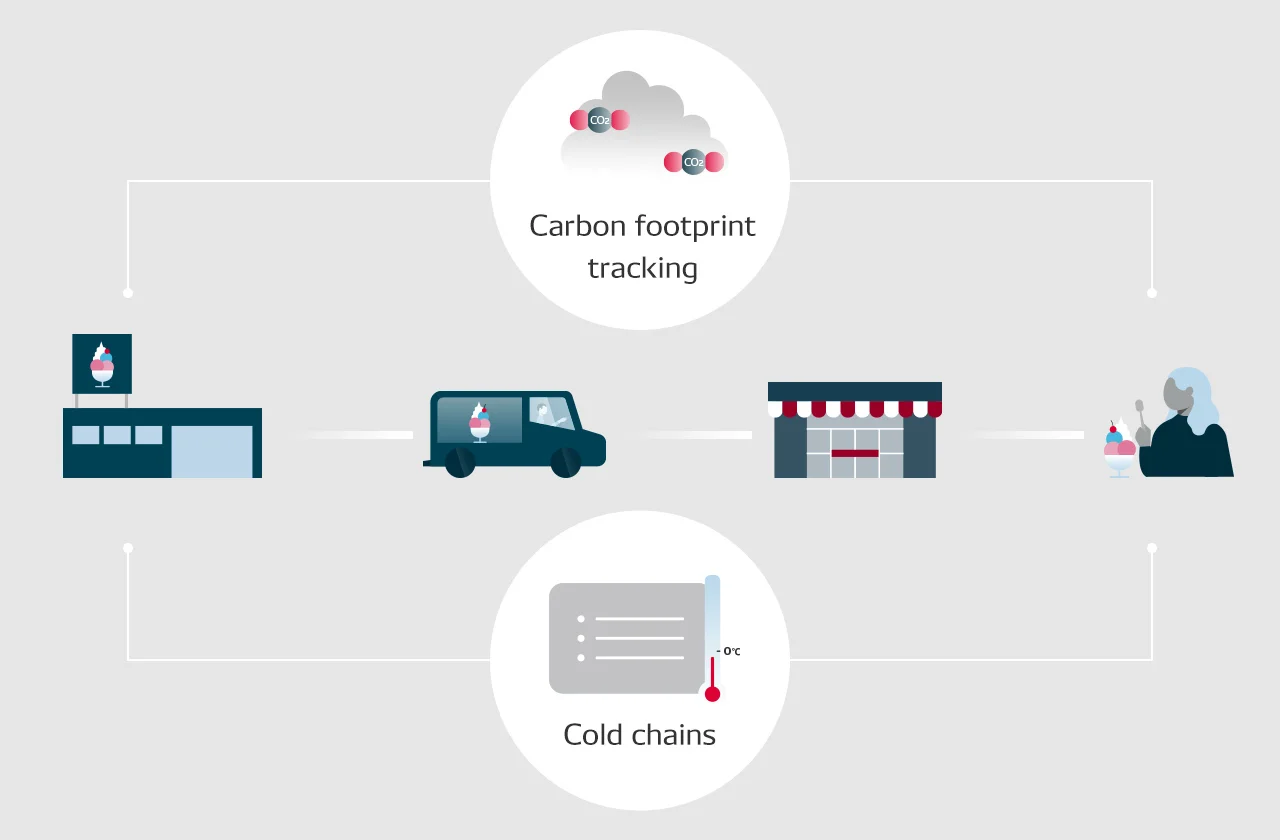
“The first potential application is that to record a product’s carbon footprint, which is the total CO2 emissions of products from procurement of their law materials through to disposal and recycling,” says Okabe. “By registering CO2 emission volumes at each stage of the process in the system, it is easy to calculate and confirm overall emissions.”
“The second one is that to ensure stable ‘cold chains,’ which are low-temperature supply chains, without any breakdowns from production and transport through to consumption. Cold chains are used for fresh foods, medicines and other such products. There are many products that require careful temperature control during production and transport—including the Covid-19 vaccine—and an easy system to create temperature management logs is required as a means of ensuring safe and reliable delivery to users.”
“We expect the demand for both carbon footprint tracking and cold chain systems to increase in the future, and that is why we are carrying out verification tests in order to repurpose our traceability management system to achieve systems available in both areas.”
Adding to Okabe’s comments, Xu expressed his belief that building these types of data usage platforms and systems can lead to new business in the future. “It is important to think about how we will collect and utilize data in future business operations. If we pursue industry-wide collaborations to collect, share and use data together rather than relying on data collected by just our company, it will be easier to come up with new business ideas. However, first, data platforms must be made safe and reliable, otherwise the number of users will not increase.”
“That’s why we need to establish total trustworthiness for our systems. The traceability management system we are developing at DENSO will help achieve this and serve as a platform for use by wider society. With this vision in mind, we are working hard on development every day.
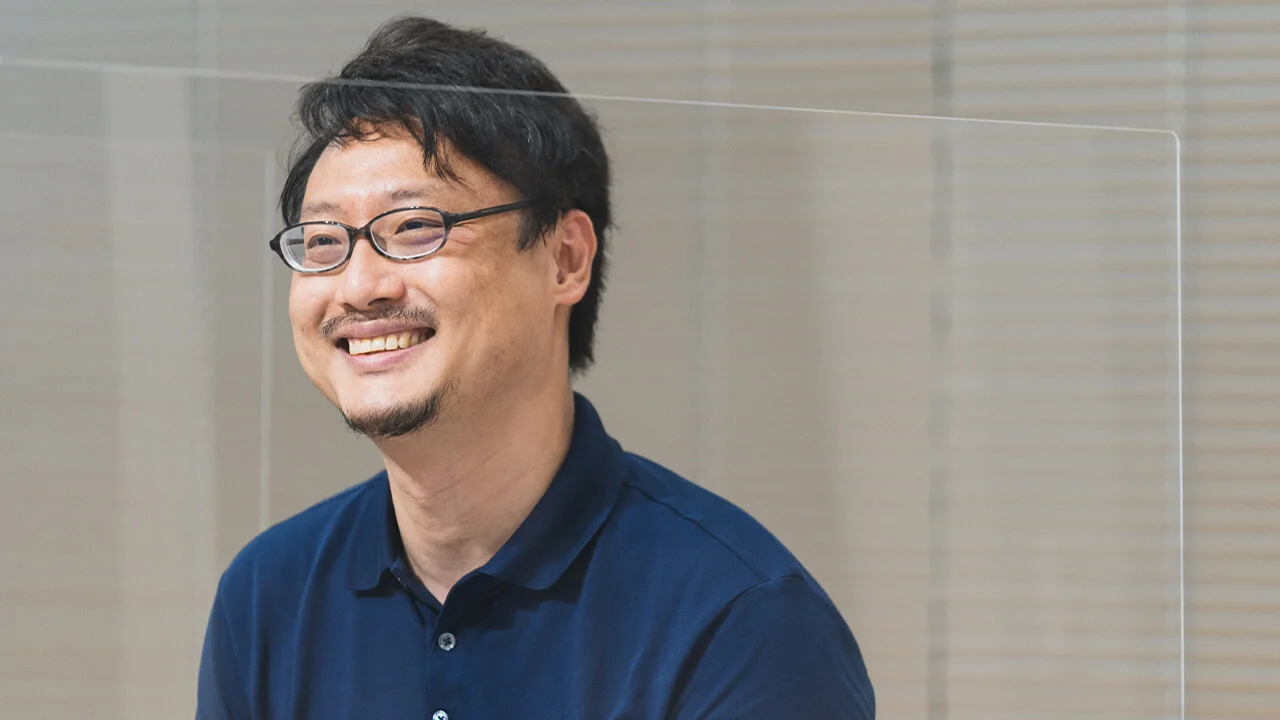
In order to disseminate new technologies and systems throughout society, they must be convenient, easy to use, and trustworthy from any user’s perspective. With the goal of making blockchain technology a regular part of everyday life so that more people can benefit from it, DENSO’s development team is dedicated to developing their traceability management system.
Movements of people, things, and—in the future—information
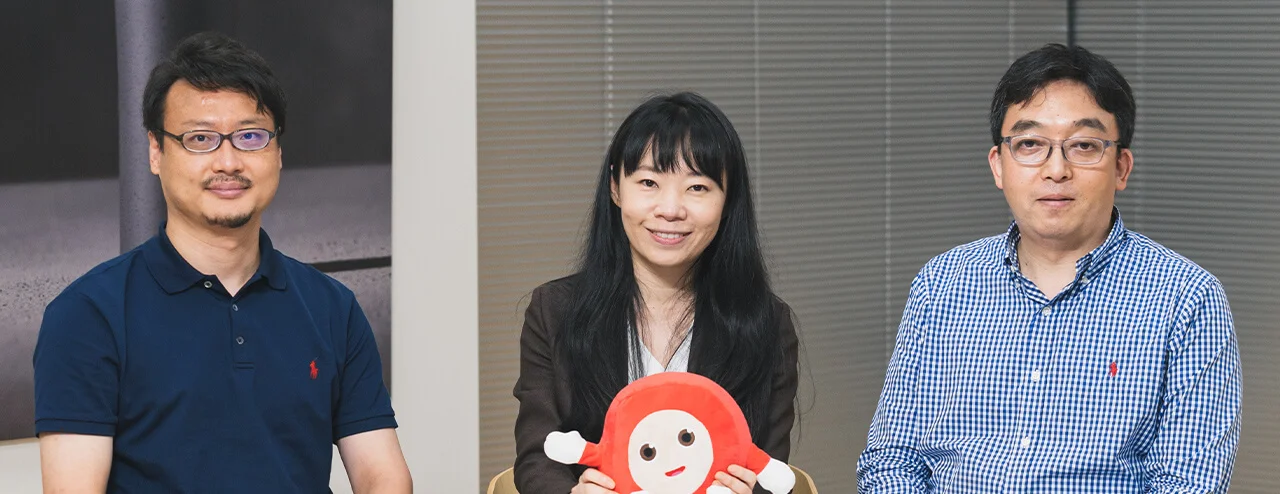
DENSO has always endeavored, through its mobility-field development operations, to help realize a society characterized by movement of people and things. In the future, DENSO also hopes to contribute to the safe movement of information. One way of doing this is to combine the QR Code and blockchain technologies in a single system.
By achieving even greater safety and convenience for the movement of people, things and information, new business innovations can be surely achieved. By continuing to collaborate with other companies, DENSO is working on developing even more reliable technologies, services and systems that are easy for anyone to use.
DENSO’s mission—to ensure safe and trustworthy movement of not only people and things, but also information—has only just begun.
Related Article
COMMENT
Changing your "Can'ts" into "Cans"
Where Knowledge and People Gather.

